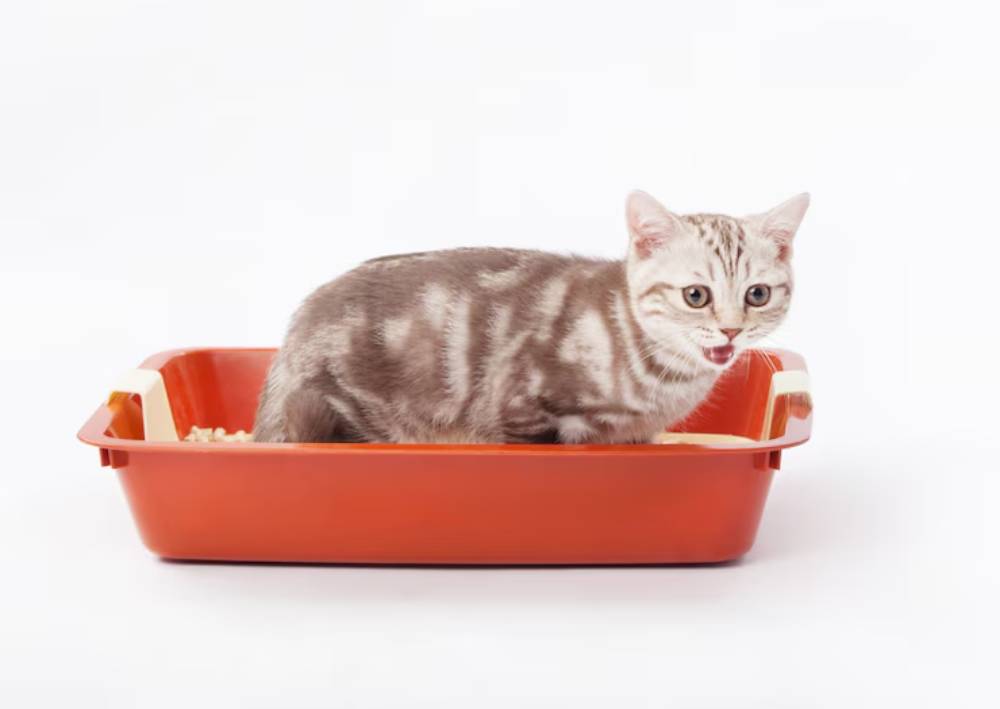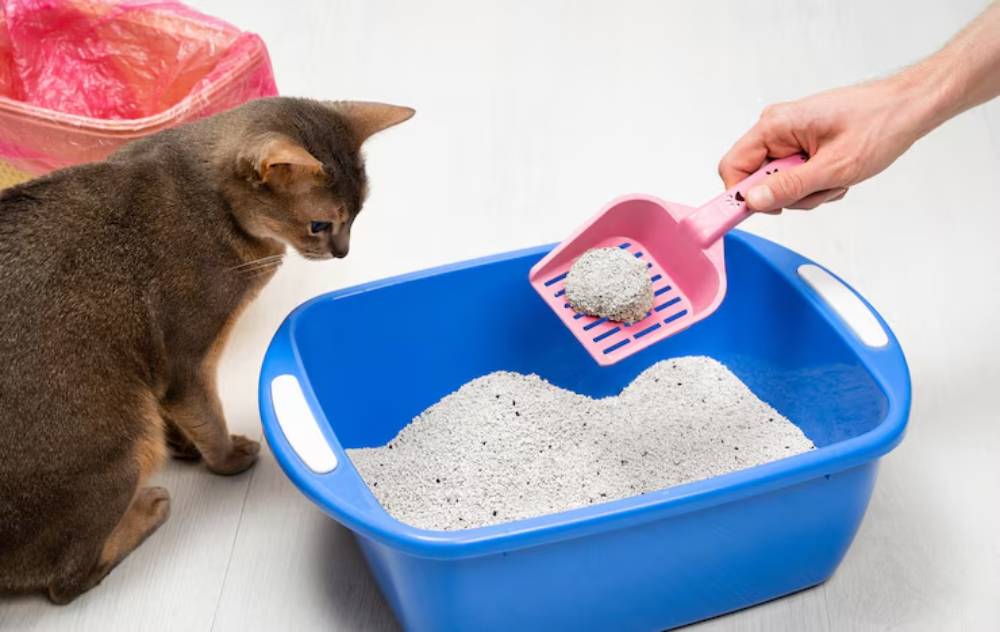
Multi-Cat Households: Managing Multiple Litter Boxes
Living with more than one cat is a delight — twice (or thrice!) the purring, the playful antics, and the companionship. But let’s be honest: it’s not all cuddles and whiskers. Multi-cat households come with unique challenges, and one of the most critical yet often overlooked is the humble litter box.
It may seem small, but cat litter box management can make or break harmony in your feline-filled home. A poor multi-cat litter box setup can lead to territory disputes, stress-induced behaviours, and those dreaded “accidents” outside the box.
This blog will walk you through everything you need to know about managing multiple litter boxes effectively. From understanding feline psychology to practical setup tips, we’ll help you maintain a clean, calm, and cooperative cat household.
Why Litter Box Management Matters in Multi-Cat Homes
Cats Are Particular Creatures
Cats are creatures of habit and hygiene. They value privacy and cleanliness when it comes to doing their business. While one cat might tolerate a shared box, adding more cats often leads to tension.
Just like people wouldn’t share a single loo in a house of five, cats also need space to feel comfortable and secure.
The Risk of Litter Box Avoidance
Inadequate litter boxes can result in:
- Spraying or marking
- Urinating outside the box
- Aggression around the litter area
- Health issues, such as urinary tract infections caused by stress or holding in waste
The fix? A thoughtful multi-cat litter box setup that meets each cat’s needs.
How Many Litter Boxes Do You Need?
The “One Plus One” Rule
The golden rule among vets and behaviourists is simple: One litter box per cat, plus one extra.
So if you have:
- Two cats → 3 litter boxes
- Three cats → 4 litter boxes
This ensures that no cat is forced to wait, feel crowded, or get ambushed.
But What If They Share Willingly?
Some cats do share a box without any issues. But even if they seem okay now, cats can change their behaviour due to age, illness, or new household dynamics. Having extra boxes gives them choices, which can prevent future problems.
The Best Locations for Litter Boxes in Multi-Cat Homes
Spread Them Out
Avoid putting all the boxes in one spot — that defeats the purpose of giving cats options. Place them in separate, quiet locations around the home.
Good spots include:
- Quiet corners of spare bedrooms
- Guest bathrooms
- Low-traffic areas of the house
Avoid:
- Next to food or water bowls (cats dislike this)
- Loud appliances (e.g. washing machines)
- Behind closed doors (unless the door is always open)
Accessibility Is Key
Ensure each litter box is easily accessible to all your cats, especially kittens, elderly cats, or cats with mobility issues. There should be at least one litter box per level if you have multiple floors.
Choosing the Right Litter Boxes

Size Matters
Cats need space to turn, scratch, and dig. The ideal litter box should be 1.5 times the length of your cat from nose to tail.
Open vs. Covered Boxes
- Open boxes: More breathable and inviting; suitable for cats who dislike confinement.
- Covered boxes: Contain odours better, but can feel cramped or trap smells.
Watch your cats’ preferences; some hate enclosed spaces, while others love privacy.
Self-Cleaning Boxes?
Yes, it’s tempting, but not all cats like the noise or movement. Introduce these gradually, and always keep a traditional box available as a backup.
The Right Litter Makes a Big Difference
Scented vs. Unscented
Many owners love floral or pine-scented litters. But most cats don’t. Cats have a keen sense of smell, and strong fragrances can be off-putting.
Go unscented, and control odour through cleanliness, not chemicals.
Clumping vs. Non-Clumping
- Clumping litter is easier to scoop and monitor for health issues.
- Non-clumping may be gentler on sensitive paws but can require more frequent changes.
Whatever you choose, stay consistent. Sudden changes in texture or scent can cause box rejection.
Cleaning Routines: Hygiene is Harmony

Daily Scooping
Yes, every day. Multiple times a day, if needed. Clean boxes are more inviting and reduce odours.
Weekly Deep Clean
At least once a week:
- Empty the litter
- Scrub with mild soap and water (avoid harsh chemicals)
- Dry thoroughly before refilling
Rotate which box you clean when so that not all are out of service at once.
Liner or No Liner?
Liners can make cleaning easier, but may irritate some cats. If your cat starts scratching excessively or avoids the box, try removing the liner.
Conflict Management Around Litter Boxes
Watch for Bullying
Some cats may guard litter boxes, especially in smaller spaces.
Signs include:
- Blocking access
- Staring down or chasing another cat
- One cat is consistently going elsewhere
Solution:
- Increase the number of boxes
- Spread them out further
- Provide vertical space and hiding spots to reduce tension
Stress Relief Strategies
Consider:
- Feliway diffusers to calm anxious cats
- Puzzle feeders to reduce boredom-related aggression
- Separate feeding areas to cut competition
If conflicts persist, consult a feline behaviourist.
Lucy’s Trio of Tabbies
When Lucy adopted her third cat, she figured the two litter boxes were enough. But soon, she noticed her oldest cat began urinating in the bathtub.
After talking to her vet, she added a third box in a quiet laundry room corner. The change was immediate. There were no more accidents, and her cats found their favourite spot. Lucy now rotates scooping duties with a timer app and uses unscented clumping litter. Peace has returned!
Quick Checklist for Multi-Cat Litter Box Setup
- One box per cat, plus one extra
- Place boxes in separate, quiet areas
- Avoid food and noisy appliances nearby
- Choose boxes big enough for comfort
- Scoop daily, deep clean weekly
- Stick to unscented, cat-preferred litter
- Watch for signs of conflict or stress
Harmony Starts in the Loo
When managing multiple litter boxes in a multi-cat household, the secret lies in understanding your cats’ instincts and creating a space where each one feels secure and respected.
Your cats don’t need luxury — they just need cleanliness, privacy, and consistency. Get your cat litter box management right and foster a happier, healthier feline family.
Have you tackled litter box drama in your multi-cat home? Share your experience in the comments below! If this article helped, pass it on to a fellow cat lover, and let’s spread the word about happier homes, one litter box at a time.


